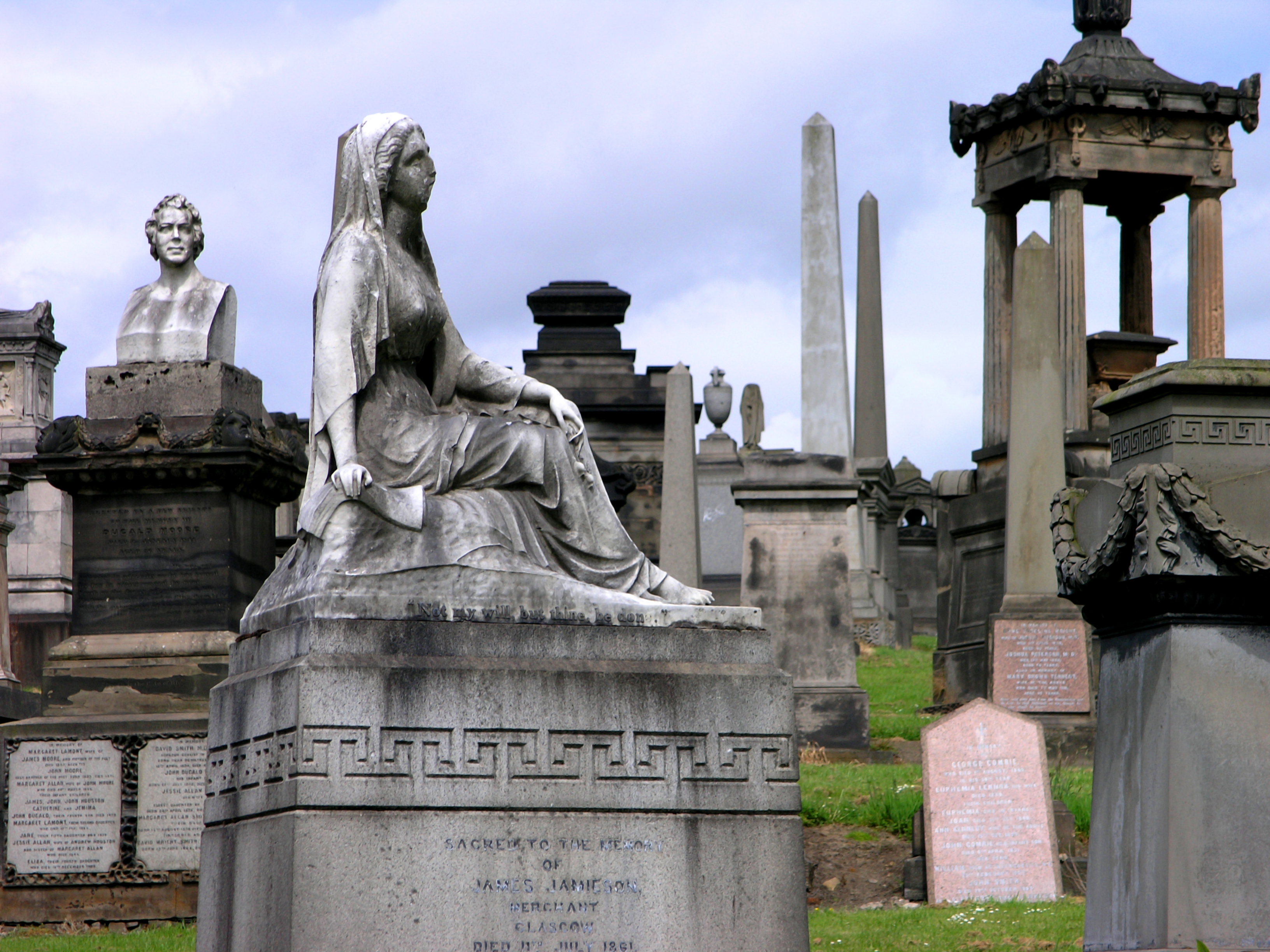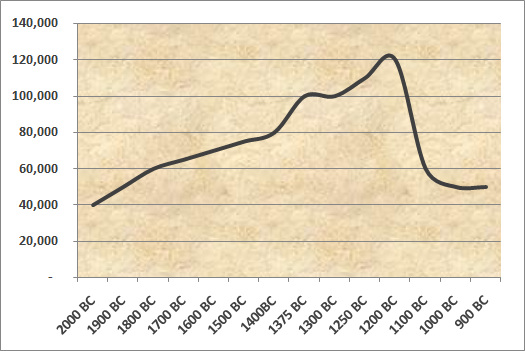|
TT191
Tomb TT191, located in the necropolis of El-Assasif in Thebes, Egypt, is the tomb of Wahibre-Nebpehti, who was the chamberlain of the Divine Adoratrice of Amun and the director of the festival from the time of Psamtik I. Wahibre-Nebpehti's tomb is part of the TT192 tomb complex. Wahibre-nebpehti was the son of Pedehor (a head of the outline draughtsmen) and Thesmutpert. Wahibre-nebpehti had a son who was named Pedehor after his grandfather. The son was also a chamberlain of the Divine Adoratrice.Porter, Bertha and Moss, Rosalind, ''Topographical Bibliography of Ancient Egyptian Hieroglyphic Texts, Statues, Reliefs and Paintings'' Volume I: The Theban Necropolis, Part I. Private Tombs, Griffith Institute. 1970 See also * List of Theban tombs The Theban Necropolis is located on the west bank of the Nile, opposite Luxor, in Egypt. As well as the more famous royal tombs located in the Valley of the Kings and the Valley of the Queens, there are numerous other tombs, more commonly ... [...More Info...] [...Related Items...] OR: [Wikipedia] [Google] [Baidu] |
TT192
Tomb TT192, located in the necropolis of El-Assasif in Thebes, Egypt, is the tomb of Kheruef, also called Senaa, who was Steward to the Great Royal Wife Tiye, during the reign of Amenhotep III. It is located in El-Assasif, part of the Theban Necropolis. Tomb 192 in the Theban necropolis is the largest private tomb known from the 18th Dynasty. Kheruef's tomb was decorated between the final years of Amenhotep III and the beginning of the reign of Akhenaten although it was never finished. Kheruef's titles "true royal scribe", "steward of the royal palace of the Great Royal Wife" Queen Tiye--the wife of Amenhotep III and mother of Akhenaten. He appears to have been unmarried since nothing is mentioned about his wife or family in his TT192 tomb TT192 complex The tomb of Kheruef is large enough to have several later tombs associated with it, or placed within its substructure. These tombs date from the Nineteenth Dynasty of Egypt, 19th Dynasty all the way to the late period. A ramp ... [...More Info...] [...Related Items...] OR: [Wikipedia] [Google] [Baidu] |
TT190
Tomb TT190, located in the necropolis of El-Assasif in Thebes, Egypt, is the tomb of Esbanebded and part of the TT192 tomb complex. Esbanebded was a divine father and prophet at the head of the king dating to the Twenty-sixth Dynasty of Egypt. His parents are Pakharkhons (a divine father) and Meramuniotes (Sistrumplayer of Amen-Re). He had a son who was named Pakharkhons after his grandfather. Porter, Bertha and Moss, Rosalind L. B., ''Topographical Bibliography of Ancient Egyptian Hieroglyphic Texts, Reliefs, and Paintings. Volume I. The Theban Necropolis. Part I. Private Tombs.'' 2nd edition, revised and augmented, Griffith Institute, Ashmolean Museum The Ashmolean Museum of Art and Archaeology () on Beaumont Street in Oxford, England, is Britain's first public museum. Its first building was erected in 1678–1683 to house the cabinet of curiosities that Elias Ashmole gave to the University ..., Oxford 1970, pp. 296–297, Map IVPDF from the Digital Topographical Bibliog ... [...More Info...] [...Related Items...] OR: [Wikipedia] [Google] [Baidu] |
List Of Theban Tombs
The Theban Necropolis is located on the west bank of the Nile, opposite Luxor, in Egypt. As well as the more famous royal tombs located in the Valley of the Kings and the Valley of the Queens, there are numerous other tombs, more commonly referred to as Tombs of the Nobles (Luxor), the burial places of some of the powerful courtiers and persons of the ancient city. There are at least 415 cataloged tombs, designated TT for Theban Tomb. There are other tombs whose position has been lost, or for some other reason do not conform to this classification. Theban tombs tended to have clay funerary cones placed over the entrance of the tomb chapels. During the New Kingdom of Egypt, New Kingdom they were inscribed with the title and name of the tomb owner, sometimes with short prayers. Of the 400 recorded sets of cones, only about 80 come from cataloged tombs. The numbering system was first published Arthur Weigall's 1908 ''Report on the Tombs of Shêkh Abd’ el Gûrneh and el Assasîf'' ( ... [...More Info...] [...Related Items...] OR: [Wikipedia] [Google] [Baidu] |
El-Assasif
El-Assasif () is a necropolis near Luxor on the West Bank at Thebes, Egypt, Upper Egypt. It is located in the dry bay that leads up to Deir el-Bahari and south of the necropolis of Dra' Abu el-Naga'. El-Assasif contains burials from the Eighteenth Dynasty of Egypt, 18th, Twenty-second Dynasty of Egypt, 22nd, Twenty-fifth Dynasty of Egypt, 25th and Twenty-sixth Dynasty of Egypt, 26th dynasties of ancient Egypt, covering the period c. 1550 to 525 BC across all three dynasties. Archaeology In November 2018, France's University of Strasbourg announced the discovery of two Sarcophagus, sarcophagi thought to be more than 3,500 years old with two perfectly preserved mummies and approximately 1,000 funerary statues in the Assasif valley near Luxor. One of the tombs with paintings where the female body found, was opened to the public in front of the international media, but the other one was previously opened by Egyptian antiquities officials. In October 2019, 30 coffins (3.000 year-old ... [...More Info...] [...Related Items...] OR: [Wikipedia] [Google] [Baidu] |
Necropolis
A necropolis (: necropolises, necropoles, necropoleis, necropoli) is a large, designed cemetery with elaborate tomb monuments. The name stems from the Ancient Greek ''nekropolis'' (). The term usually implies a separate burial site at a distance from a city, as opposed to tombs within cities, which were common in various places and periods of history. They are different from grave fields, which did not have structures or markers above the ground. While the word is most commonly used for ancient sites, the name was revived in the early 19th century and applied to planned city cemeteries, such as the Glasgow Necropolis. In the ancient world Egypt Ancient Egypt is noted for multiple necropoleis and they are major archaeological sites for Egyptology.. Ancient Egyptian funerary practices and beliefs about the afterlife led to the construction of several extensive necropoleis to secure and provision the dead in the hereafter. Probably the best-known one is the Giza Necropolis. ... [...More Info...] [...Related Items...] OR: [Wikipedia] [Google] [Baidu] |
Thebes, Egypt
Thebes (, , ''Thēbai''), known to the ancient Egyptians as Waset, was an ancient Egyptian city located along the Nile about south of the Mediterranean. Its ruins lie within the modern Egyptian city of Luxor. Thebes was the main city of the fourth Upper Egyptian nome (Sceptre nome) and was the capital of Egypt for long periods during the Middle Kingdom and New Kingdom eras. It was close to Nubia and the Eastern Desert, with its valuable mineral resources and trade routes. It was a religious center and the most venerated city during many periods of ancient Egyptian history. The site of Thebes includes areas on both the eastern bank of the Nile, where the temples of Karnak and Luxor stand and where the city was situated; and the western bank, where a necropolis of large private and royal cemeteries and funerary complexes can be found. In 1979, the ruins of ancient Thebes were classified by UNESCO as a World Heritage Site. Toponymy The Egyptian name for Thebes was ''w� ... [...More Info...] [...Related Items...] OR: [Wikipedia] [Google] [Baidu] |
Divine Adoratrice Of Amun
The Divine Adoratrice of Amun (Egyptian: '' dwꜣt nṯr n jmn'') was a second title – after God's Wife of Amun – created for the chief priestess of the ancient Egyptian deity Amun. During the first millennium BCE, when the holder of this office exercised her largest measure of influence, her position was an important appointment facilitating the transfer of power from one pharaoh to the next, when his daughter was adopted to fill it by the incumbent office holder. The Divine Adoratrice ruled over the extensive temple duties and domains, controlling a significant part of the ancient Egyptian economy. History God's Wife of Amun, a title for a similar office of the high priestess, originated as a title held by a daughter of the High Priest of Amun during the reign of Hatshepsut and continued as an important office while the capital of Egypt remained in Thebes. Later, the added title Divine Adoratrice of Amun can be seen to accompany a resurgence of the title God's Wife of ... [...More Info...] [...Related Items...] OR: [Wikipedia] [Google] [Baidu] |
Psamtik I
Wahibre Psamtik I (Ancient Egyptian: ) was the first pharaoh of the Twenty-sixth Dynasty of Egypt, the Saite period, ruling from the city of Sais in the Nile delta between 664 and 610 BC. He was installed by Ashurbanipal of the Neo-Assyrian Empire, against the Kushite rulers of the Twenty-fifth Dynasty, but later gained more autonomy as the Assyrian Empire declined. Name The Egyptian name , pronounced as , was a short form of , meaning "the man of Meṯek", with Meṯek presumably a deity. His name was rendered by the Assyrians as Pishamilki (), by the Ancient Greeks as (), and by the Romans as . Psamtik was also called Nabu-shezibanni ( and ), meaning "O Nabu, save me!" by the Assyrians. Background In 671 BCE, the Assyrian king Esarhaddon invaded Egypt. This invasion was directed against the Kushite rulers of the Twenty-fifth Dynasty of Egypt, who had been in control of Upper Egypt, rather than against the native Egyptian rulers. The Assyrians created an admin ... [...More Info...] [...Related Items...] OR: [Wikipedia] [Google] [Baidu] |



